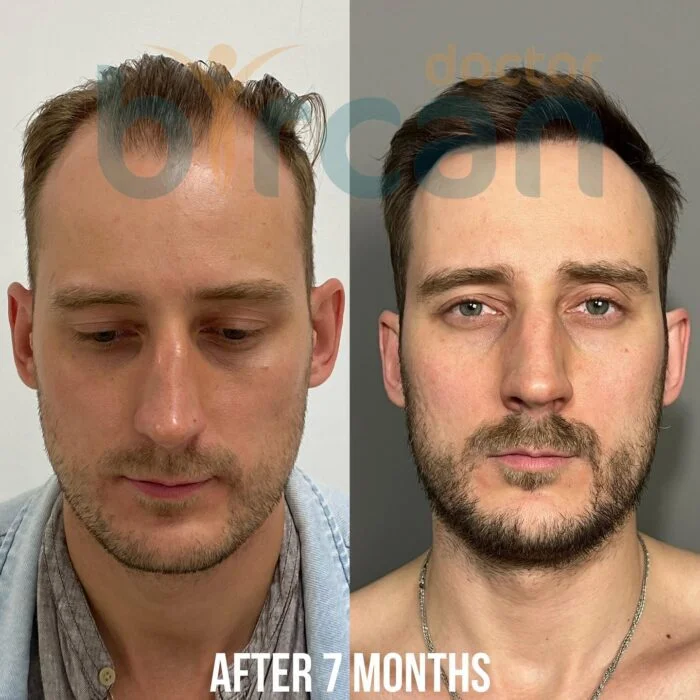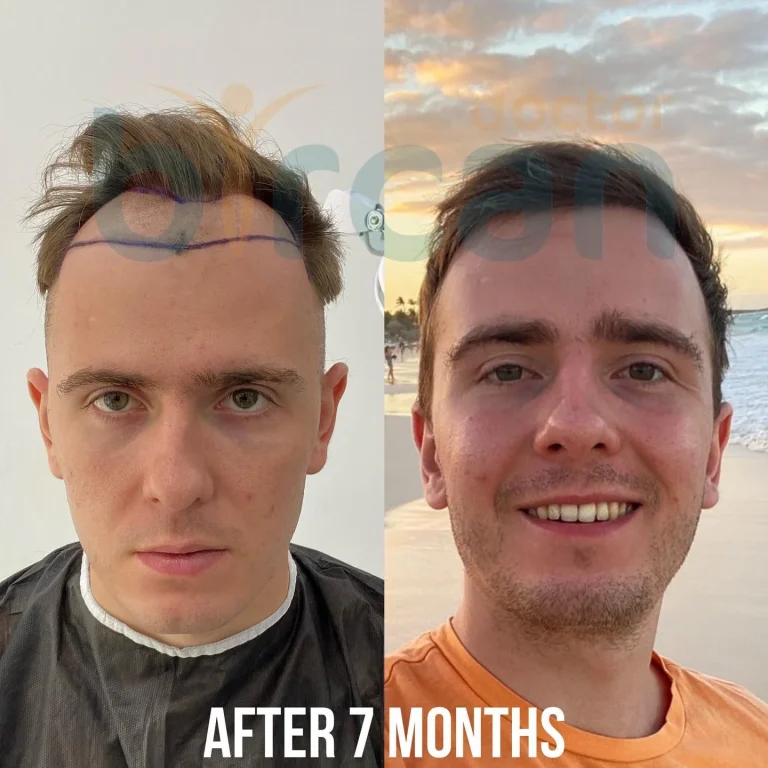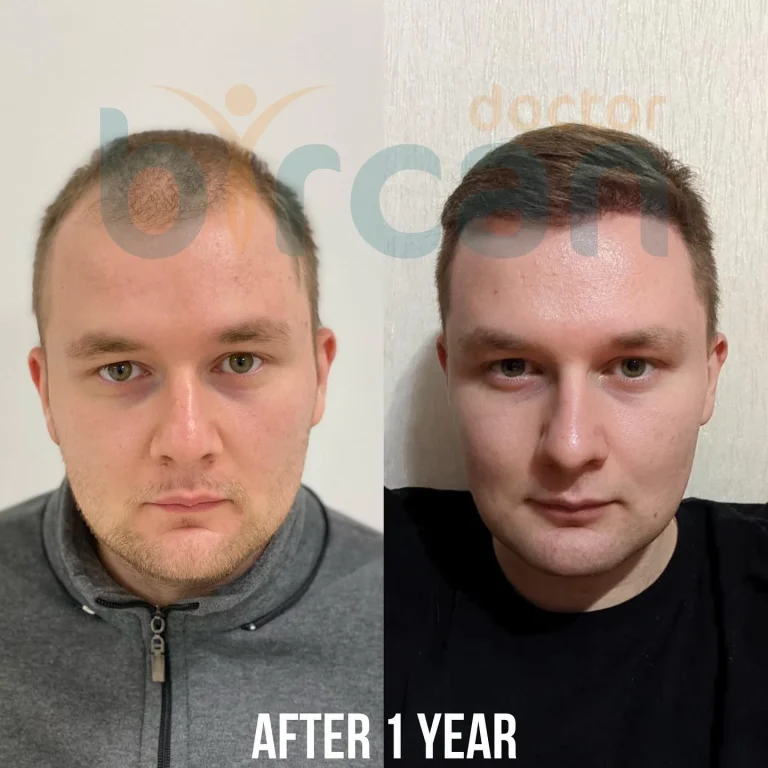Total Abdominoplasty
Achieve a Flatter, Firmer Abdomen with Total Abdominoplasty!
Total abdominoplasty helps eliminate excess fat and sagging, tightening the abdomen. Achieve a smoother, flatter look with this transformative cosmetic solution!
Book your free consultation now for a fresh, new look!
"Discover our solutions with a free consultation—contact us today!"
Especially after pregnancy in women and in cases such as rapid and serious weight loss in women or men, skin sagging occurs as the fatty tissue under the skin decreases.
Although it is empty, excess skin takes up a large volume and contributes negatively to the physical appearance of the person. To eliminate this appearance, a abdominoplasty operation is performed.
What is a total abdominoplasty?
A holistic tummy tuck, known in the medical literature as “abdominoplasty”, is the procedure to remove sagging and excess skin by surgical methods. In this procedure, incisions are made, muscle tissue is tightened and excess skin is removed.
How is a total abdominoplasty performed?
- Before the operation, a few examinations are carried out. The specialist examines the patient and plans the treatment based on x-rays.
- The person should not consume alcohol, cigarettes or drugs during the period recommended by the doctor before the surgery.
- The anesthesiologist puts the person under general anesthesia by administering a suitable dose of medication.
- The direction of lifting is drawn from the abdominal cavity, called the cesarean section scar plane, towards the navel with the help of pins. Since the top of the navel can be stretched downwards, the scheme of the operation is made with lines down to the navel.
- Excess skin is removed by the plastic surgeon, tightened by tightening stitches, resulting in a taut abdomen. The position of the navel is positioned in the correct place and the cut areas are sutured.
- If the person has accumulated fat, the excess fat is removed before each abdominoplasty by liposuction or lipomatic application.
- The muscle tissue exposed during the operation is tightened and strengthened.
- The total abdominoplasty takes an average of 3.5 hours. Depending on the width of the abdominal area of the person, the duration can be shortened or reach 4 hours.
Why a total abdominoplasty?
- Because aesthetic stitches are used, scarring is minimized.
- People who suffer from flabby skin and stretch marks are relieved of this image and care is taken to ensure that they can wear the desired clothes and feel comfortable in them.
- When the appearance of excessive and sagging skin is removed, the muscles in the abdominal area are also strengthened.
- Since the incision is located in the area under the underwear, the minimal scarring is hardly noticeable.
Who is suitable for a total abdominoplasty?
- People with problems such as flabbiness in the abdominal area, stretch marks, fat that cannot be removed through diet and exercise can undergo an abdominoplasty.
- Any person whose health conditions are not an obstacle to the operation and who is determined by the doctor can have a flat and firm stomach.
- Pregnant women and those who are planning to become pregnant should postpone the total abdominoplasty, as the operation must be performed again after delivery, because the skin can sag again after delivery.
- Everyone, whether men or women, can benefit from this operation.
- It can be used on adults, not on children.
After the total abdominoplasty
Since it is performed under general anesthesia and is a surgical operation, people are observed in the hospital 1 day and possibly 2 days after the operation. At the end of the surgery, a drainage is placed and the fluid accumulated in the operated area is drained by means of tubes and the drains are removed upon discharge. In the first hours after the surgery, one should not move, 3 or 4 hours later one should move slightly and with help. After 1 day, the person can move on their own without help. It is important to use a corset for the first month to protect the suture, minimize swelling and bruising and improve the surgical outcome.
Pain is observed after the surgery due to surgical procedures and suturing. Painkillers are administered under observation. After discharge, the medication prescribed by the doctor is taken and pain and discomfort are reduced to a minimum.
You should not take a shower during the first 3 days. Since it takes more than 1 week for the suture to heal completely, the abdominal area should not be strained in the first week. Care should be taken that sneezing, coughing and pressing reflexes are not carried out strongly. In accordance with the doctor’s instructions, it is necessary to visit the hospital for bandages from time to time. If stitches have been applied that do not fall off on their own, they should be removed.
After 3-4 weeks the person can go back to work, and after 8-10 weeks almost all activities can be performed. After 9-12 months the scars become almost indistinct.
To maintain the current condition of the skin, it is necessary to follow a regular diet and exercise program
What is total abdominoplasty?
Total abdominoplasty, also known as a full tummy tuck, is a cosmetic surgery procedure that removes excess skin and fat from the abdomen while tightening weakened or separated abdominal muscles for a firmer, flatter stomach.
Who is a good candidate for a full tummy tuck?
Ideal candidates are individuals who have loose abdominal skin, weakened muscles due to pregnancy or weight loss, and stubborn fat deposits that do not respond to diet and exercise.
How is total abdominoplasty different from mini abdominoplasty?
A total abdominoplasty addresses the entire abdominal area, including both the upper and lower belly, and involves muscle repair. A mini abdominoplasty focuses only on the lower abdomen with a smaller incision and no muscle tightening.
How long does it take to recover from a full tummy tuck?
Most patients can return to light activities within 2-3 weeks, but full recovery takes about 6-8 weeks. A compression garment is recommended to reduce swelling and support healing.
Will there be a visible scar after total abdominoplasty?
Yes, a horizontal scar is placed along the lower abdomen, usually below the bikini line. With proper scar care and time, it will fade significantly but may not disappear completely.
Can a tummy tuck help with stretch marks?
Yes, if stretch marks are located below the belly button, they are typically removed along with the excess skin. However, stretch marks outside this area may remain.
How long do total abdominoplasty results last?
Results are long-lasting, but maintaining a healthy weight is essential. Future pregnancies or significant weight fluctuations can affect the outcome.
How much does a total abdominoplasty cost?
The cost varies based on surgeon experience, clinic location, and procedure complexity, typically ranging from $6,000 to $15,000.








